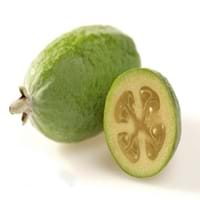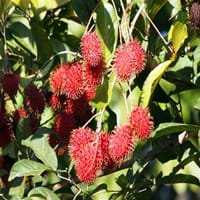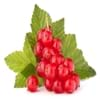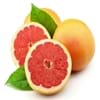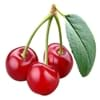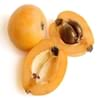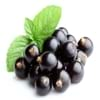Health Benefits
Anti depressant, Cancer prevention, Reduces nervous tension, Treatment of alzheimer's disease, Treatment of Lung disease
Anti-oxidant properties, Boosts immune system, Skin rejuvenation, Strengthening of bones
General Benefits
Digestive aid, Helps in weight loss, Improves blood circulation, Strengthens bones, Treatment of common cold
Antiseptic properties, Cures headache, Removes waste from kidney
Skin Benefits
Brightens and lightens complexion, Skin rejuvenation
Hydrates skin
Hair Benefits
Promotes longer and healthier hair, Protects hair
Good conditioner
Allergy Symptoms
NA
Chest pains, Rhinitis, Wheezing
Side Effects
Allergic reaction
Unknown
Best Time to Eat
As a snack in the late afternoon, Don't consume at night and before bed, Eat the fresh ones, avoid mixing with any other foods, don't eat after meal., Morning time (before lunch)
As a snack in the late afternoon, Don't consume at night and before bed, Eat the fresh ones, avoid mixing with any other foods, don't eat after meal., Morning time (before lunch)
Vitamin A (Retinol)
Not Available
Vitamin B5 (Pantothenic Acid)
Vitamin C (Ascorbic Acid)
Vitamin K (Phyllochinone)
Phytosterol
Not Available
Calories in Fresh Fruit with Peel
Not Available
Calories in Fresh Fruit without Peel
Not Available
Calories in Frozen Form
Not Available
Calories in Canned Form
Not Available
Calories in Jam
Not Available
Calories in Pie
Not Available
Type
Tree fruit
Tree fruit, Tropical
Season
Autumn, Winter
Early summer, Early winter, Late fall, Late spring
Varieties
Anatoki, Gemini, Kaiteri, Kakariki, Pounamu, Unique, Apollo, Den's Choice, Kakapo, Mammoth, Opal Star, Triumph and Wiki Tu
Rongrien, Chompu, Rapiah, Bingjai and Lebak Bulus
Color
Green
Coral red, Yellow
Inside Color
White
Greyish-white
Origin
Argentina, Brazil, Paraguay, Uruguay
Unknown
Grows on
Not Available
Trees
Soil Type
Clay loam, Gravely loam, Sandy
Clay, Loam
Climatic Conditions
Cold, Warm
Humid
Facts about
- Feijoa is called as "pineapple guava" in some countries.
- Feijoa tree is an ornamental plant that can also be used as hedge & windbreak.
- All parts of feijoa fruit are edible(skin is mostly discarded).
- Oils extracted from its seeds is used to make soaps and candles.
- 'Rambut' means hairy in Malay.
- It makes the best hair mask.
- Seeds are edible and healthy too.
Top Producer
New Zealand
Thailand
Other Countries
Australia, Azerbaijan, India, Japan, United States of America
Africa, India, Indonesia, Malaysia, Philippines, Sri Lanka
Top Importer
China
Singapore
Top Exporter
New Zealand
Thailand
Botanical Name
Acca sellowiana
Nephelium lappaceum
Synonym
Feijoa sellowiana or Orthostemon sellowianus
Rambota
Subkingdom
Tracheobionta
Tracheobionta
Division
Magnoliophyta
Tracheophyta
Class
Magnoliopsida
Magnoliopsida
Order
Myrtales
Sapindales
Family
Myrtaceae
Sapindaceae
Species
A. sellowiana
N. lappaceum
Generic Group
Myrtle
Not Available
Difference Between Feijoa and Rambutan
We might think that Feijoa and Rambutan are similar with respect to nutritional value and health benefits. But the nutrient content of both fruits is different. Feijoa and Rambutan Facts such as their taste, shape, color, and size are also distinct. The difference between Feijoa and Rambutan is explained here.
The amount of calories in 100 gm of fresh Feijoa and Rambutan with peel is Not Available and 69.00 kcal and the amount of calories without peel is 55.00 kcal and Not Available respectively. Thus, Feijoa and Rambutan belong to Low Calorie Fruits and High Calorie Fruits category.These fruits might or might not differ with respect to their scientific classification. The order of Feijoa and Rambutan is Myrtales and Sapindales respectively. Feijoa belongs to Myrtaceae family and Rambutan belongs to Sapindaceae family. Feijoa belongs to Acca genus of A. sellowiana species and Rambutan belongs to Nephelium genus of N. lappaceum species. Beings plants, both fruits belong to Plantae Kingdom.
